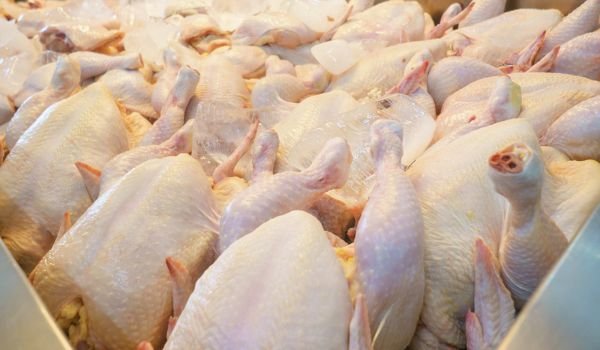Description
Botanical Name: Chenopodium quinoaOrigin: Bolivia / PeruProduction: whole seed, saponins removedQuinoa is often referred to as a “pseudocereal” (just like buckwheat, amaranth, and chia) because it is technically not a grain but a seed, yet similar to true cereals when it comes to flavor, cooking, and nutritional profile. First domesticated and highly cherished as the “mother of all grains” by ancient civilizations in the Peruvian Andes, quinoa is still wildly popular and cultivated throughout the world as an important source of nutrition. Botanically, it is related to beets, chard, and spinach, and thus the leaves of the quinoa plant are edible as well. The grain comes in a range of colors (white, yellow, orange, red, black) and has a natural coating of bitter-tasting saponins, making them unpalatable for birds (a beneficial effect during cultivation) as well as humans. All quinoa sold commercially has usually been washed and mechanically processed to remove this coating. Interestingly, in South America, the removed saponins are used as detergent for washing clothes and as antiseptic to promote healing of skin injuries.Qualities: quinoa is an important source of high-quality gluten-free vegetable protein and unlike most grains, it is a “complete” protein, containing all of the essential amino acids you must get through your diet. It is a particularly good source of lysine, which contributes to immune system health, muscle repair, and may even reduce anxiety. In addition, quinoa is a valuable source of heart-healthy fatty acids, rich in phytonutrients and antioxidants offering powerful anti-inflammatory benefits, Vitamins B and E, as well as minerals such as potassium, phosphorus, magnesium, calcium, and zinc. Its high content of both soluble and insoluble fiber may aid in keeping blood sugar levels balanced and lowering cholesterol levels.Common use: quinoa’s exceptional nutritional profile, delicious mild taste, and culinary versatility makes it a healthy and easy favorite in any kitchen. You can easily substitute quinoa (white, red, or tri-color) or quinoa flour, or or quinoa flakes, for most grains and grain flours in both sweet and savory recipes. It cooks up quickly and has a mild, nutty flavor and chewy texture that works well with a variety of flavors, hot or cold. The ratio is 1 cup of uncooked quinoa to 2 cups of liquid. Bring rinsed quinoa and liquid to a boil in a medium saucepan. Stir occasionally. Reduce heat to low, cover and simmer until tender and most of the liquid has been absorbed in about 10 to 15 minutes. Fluff with a fork.Try cooked quinoa in salads, soups or stews, mixed with herbs and vegetables,as a breakfast porridge with fruit, in baked goods to add moisture, or as a healthy side dish. For the optimal nutritional boost, soak quinoa overnight, rinse well, and enjoy as a raw cereal or keep sprouting to further activate the seed enzymes and try juiced into smoothies. Storage: keeps well in a sealed container in a cool, dry, and dark location
Disclaimer: this information is for educational purposes only and has not been evaluated by the FDA or CFIA. It is not intended to diagnose, treat, cure, or prevent any disease. This product has been packaged in the same facility as peanuts, tree nuts, wheat, soy, and other potential allergens. Even though this product has been grown, cleaned and packaged with the utmost care, please be aware that impurities may occur.




 Nuts & Dried Fruits
Nuts & Dried Fruits
 Meat & Poultry
Meat & Poultry



 Seeds & Pulses
Seeds & Pulses
 Spices & Herbs
Spices & Herbs
 Beverages
Beverages







